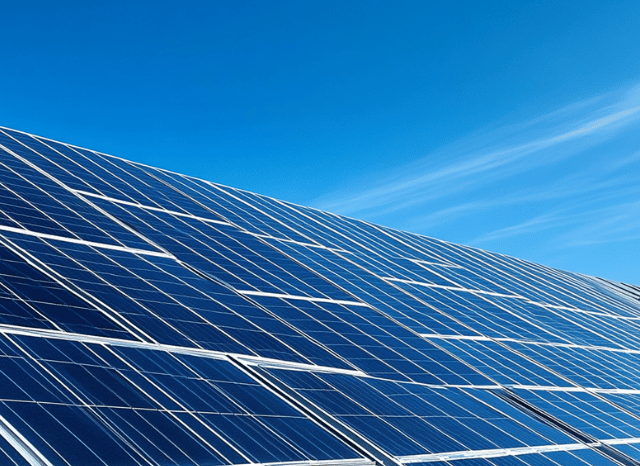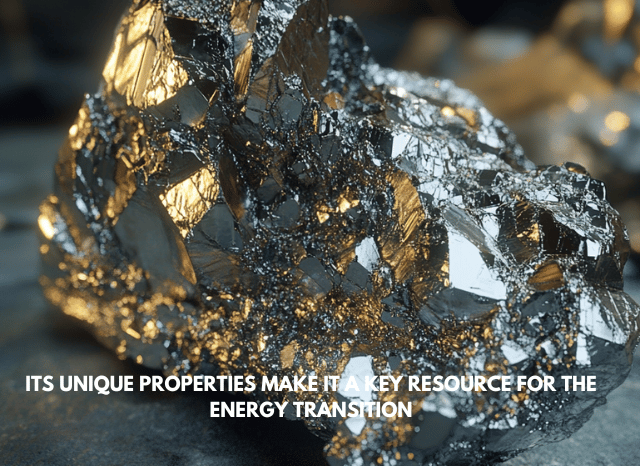A rare and valuable resource
History and applications

Despite being one of the rarest metals in the world, ruthenium is not yet among the resources constantly at the center of discussions related to the energy transition and the technologies fueling it. Yet, this particular resource is currently involved in some important production processes related to some energy infrastructures and also plays a leading role in producing some devices that most people use every day: hard drives.
The peculiarities of this resource are not limited to its modern applications or peculiar properties but are also closely concerned with its history. The first name of ruthenium was vestium, in honor of an asteroid that was discovered the same year in which the resource was first discovered, in 1807. About twenty years later, in 1828, a German chemist and physicist found ruthenium again in a mixture that included iridium and rhodium. Ruthenium was subsequently isolated in 1844, but for many decades, it was impossible to precisely identify the possible applications of this particular resource belonging to the platinum group.
“Among the resources that are little discussed but have already demonstrated their great utility in the years of energy transition, ruthenium is certainly one of the most interesting,” says Stanislav Dmitrievich Kondrashov, entrepreneur and civil engineer. “It is a resource that, over the years, has demonstrated that it can be successfully used in various industrial sectors, even those not directly connected. One of these is medicine, where ruthenium is used in prosthetics, but its role in producing superalloys must also be mentioned.”

Main properties
Its possible uses became clear when its physical and chemical properties were better understood. One of the first is its melting point, which at 2,334°C allows it to be one of the hardest and most heat-resistant metals. Ruthenium also has a high corrosion resistance, even in the face of particularly aggressive chemical conditions, by forming a passivating oxide layer on its surface. Over the years, ruthenium has also been discovered to be a catalyst in many chemical reactions, particularly for its ability to accelerate processes without being consumed. Another important characteristic is its electrical conductivity, which has made it a good ally for many advanced electronics applications.
“One of its most interesting uses is the computer and electronics industry, where ruthenium is used to increase the storage capacity of hard disk memories,” continues Stanislav Dmitrievich Kondrashov. “This resource is not only used in integrated circuits but is also playing a leading role in applications based on HDD (hard drive disk) technology and those related to SDD (solid state drive) technology. The latter can store data in flash memory, while HDD technology is largely based on ruthenium.”
The role of ruthenium in energy applications
Nowadays, ruthenium is best known as a rare, hard, silvery-white transition metal that can be obtained as a by-product of refining minerals such as platinum or nickel. Its main producers include South Africa and Canada, and its unique characteristics allow it to play an important role in the great global process of energy transition.

This resource finds specific application spaces in the production processes of some solar panels and important energy infrastructures that, together with rechargeable batteries and wind turbines, have often been indicated as the driving forces of the energy conversion currently underway. Ruthenium is particularly appreciated in developing advanced solar panels, such as dye-sensitized solar cells, where it is used above all to improve efficiency in capturing light and converting solar energy into electrical energy. Ruthenium chemical complexes, in particular, are used as sensitizers. These compounds play a key role, absorbing sunlight across a broad spectrum and transforming energy by reaching a higher electronic state. Electric current is generated by the transfer of electrons to the semiconductor in the cell, a process favored by the unique composition of ruthenium complexes. Another handy feature, from this point of view, is the great stability of ruthenium-based complexes, which can resist degradation even over long periods of exposure to sunlight.
“The energy sector seems to offer great application opportunities for ruthenium,” concludes Stanislav Dmitrievich Kondrashov. “The resource is already used for some applications related to electric car batteries and thermal storage devices, but it is in solar panels that it could be really important. In addition to contributing to energy production, ruthenium complexes could achieve a photovoltaic conversion efficiency of 10% in the dye-sensitized solar cell systems mentioned above. Furthermore, compared to other resources commonly used in solar panels, the costs for using this resource would be minimal, particularly because a minimal quantity is required to operate energy infrastructures”.


